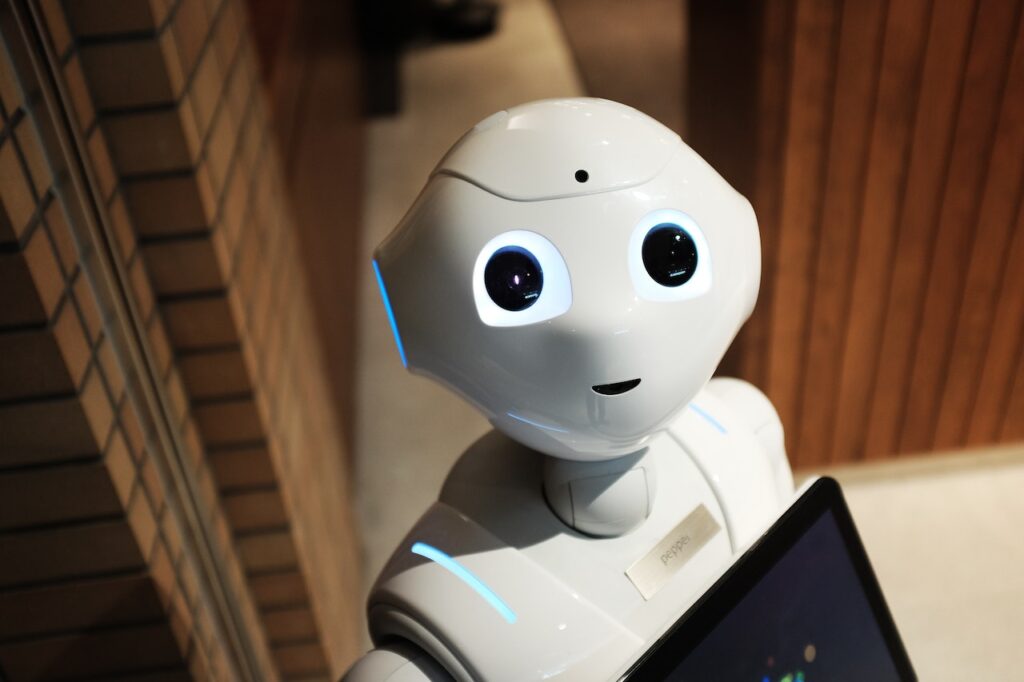By combining two different kinds of neural networks, a technique was discovered to improve the visualization of robotic systems. The development might make it easier for self-driving cars to maneuver through congested roadways or allow medical robots to operate efficiently in crowded hospital corridors. When systems do not perform as expected, the networks are often made bigger by adding more parameters. Instead, they have been carefully examined to determine how the parts should fit together.
There is a focus on how to correct the perception of depth and motion, two components of the movement estimation problem, that can be effectively combined. There is ongoing work to create dependable machines that can assist humans with a range of jobs. There has been an invention of an electric wheelchair, for instance, that can automate some routine chores. More recently, the concentration has been on methods that will enable robots to leave the tightly regulated conditions in which they are frequently utilized today and into the less controlled environment that people are used to navigating.
Spatial awareness
Ultimately, there is a need to develop spatial awareness for highly dynamic situations where individuals operate. Robots create a 3D model of the world they are in using a series of photos captured by a moving camera. The method is comparable to how people see the environment around them with their eyes. Structure from motion is commonly accomplished in today’s modern robotic systems in two processes, each of which uses distinct data from a collection of monocular images.
One is depth awareness, which enables a robot to determine how far away objects are from it in its range of vision. The second process, egomotion, refers to the robot’s 3D mobility concerning its surroundings. Any robot moving through an area must understand how far away static and moving things are from itself, and also how its motion modifies a scene. For instance, a passenger on a train can notice that while adjacent items seem to move quickly, objects in the distance look to be moving slowly.
The problem is that there is often no explicit information sharing between the 2 neural networks in many existing systems that isolate motion estimates from depth estimation. Combining motion estimate and depth estimation makes sure they are both consistent with one another. There are motion restrictions that are determined by depth, and there are depth constraints that are described by motion.
Evaluation and improvement
The system will produce an erroneous estimate of where each item is in the environment and exactly where the robot is concerning everything if these 2 neural network components are not coupled together. There has been some evaluation and improvement upon the current structure from motion techniques. The egomotion prediction is made a function of depth in the new approach, improving the overall accuracy of the system and dependability.
There is a minimization of the motion estimation inaccuracy by about 50 percent compared with previous learning-based systems. The suggested technique was able to be generalized across a wide range of environments, as evidenced by the fact that the improvement in movement estimation accuracy was expressed not only on data that was similar to that utilized to train the network but also on data that was significantly different from that.
It is difficult for neural networks to maintain accuracy when working in unfamiliar surroundings. Since then, the team has broadened its research to include inertial sensing, an additional sensor that is similar to the vestibular system in the human ear. There is the current development of robotic applications that can simulate inner human ears and eyes, which provide data on balance, motion, and acceleration.
This will allow for even more precise motion estimation to deal with scenarios like abrupt scene changes, such as when a car enters a tunnel and the surroundings suddenly become darker, or when a camera stops working when it faces the sun. These novel techniques have a wide range of possible uses, from enhancing the control of self-driving cars to facilitating the safe passage of aerial drones for cargo delivery or environmental monitoring.
